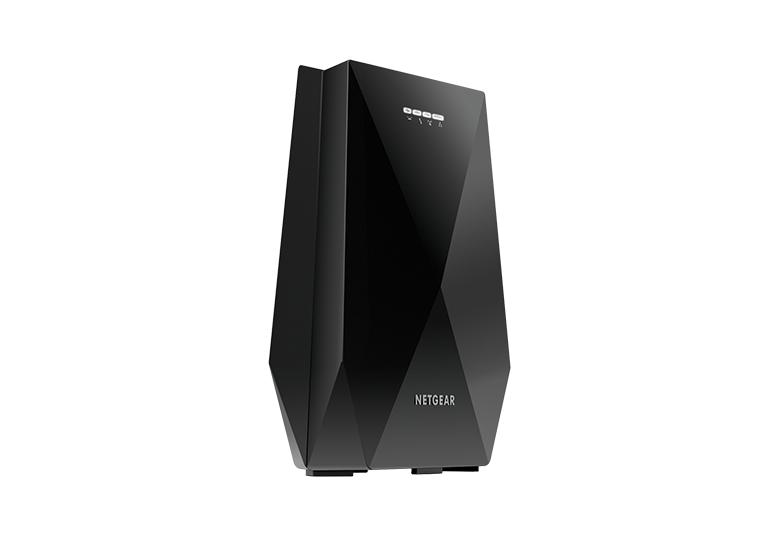If your Netgear Nighthawk extender keeps disconnecting, it can disrupt your internet experience and undermine your network's reliability. This issue can stem from various causes, including configuration problems, interference, or hardware issues. This post will provide you with a few detailed solutions to help you resolve the problem and ensure your Nighthawk extender maintains a stable connection.
Troubleshooting: Nighthawk Extender Keeps Disconnecting
1. Verify Your Internet Connection
Before delving into the extender's specific issues, confirm that your primary internet connection is stable. A weak or intermittent internet connection can cause your Nighthawk extender to drop its connection frequently and prevents access to Netgear Nighthawk login portal.
To check this, connect a device directly to your router and run a speed test. If the connection is unstable, you may need to troubleshoot your main router or contact your ISP. If the internet connection is stable, proceed with further troubleshooting for the extender itself.
2. Optimize
Placement of the Extender
The placement of your Netgear Nighthawk extender plays a crucial role in maintaining a stable connection. An extender positioned too far from the router or in a location with significant interference may frequently disconnect.
Place your Nighthawk extender midway between
your router and the area with weak signal coverage. Avoid placing it near large
metal objects, thick walls, or other electronic devices that could interfere
with the signal. A central, elevated location generally works best for
maximizing coverage and reducing interference.
3. Check and Update Firmware
Outdated firmware on your Netgear Nighthawk extender can lead to connection issues. Ensuring that your extender’s firmware is up to date is essential for maintaining a stable connection.
To update the firmware, access your
extender’s settings through the Nighthawk App or by logging in via a web
browser using Netgear Nighthawk Login. Once logged in, navigate to the firmware
update section. Download and install any available updates. Keeping your
firmware current can resolve bugs and improve connectivity.
4. Adjust WiFi Settings
Incorrect WiFi settings can contribute to frequent disconnections. Ensure that your extender is correctly configured to work with your network.
Open the Nighthawk App or use
the Netgear Nighthawk Login page to access the settings. Check that the WiFi
credentials (SSID and password) entered in the extender match those of your
main router. If there’s a mismatch, the extender may struggle to maintain a
connection. Additionally, ensure that the extender is connected to the
appropriate WiFi band (2.4 GHz or 5 GHz) based on your network setup.
5. Reduce Signal Interference
Signal interference can disrupt the connection between your Nighthawk extender and the router. Identifying and minimizing sources of interference can help stabilize the connection.
Common sources of interference include microwaves, cordless phones, and other wireless devices. Try moving the extender away from these potential sources of interference. Additionally, changing the WiFi channel on your router can reduce congestion and improve signal quality. Access the router settings via the Nighthawk App or Netgear Nighthawk Login and switch to a less crowded channel to enhance performance.
6. Reset and Reconfigure the Extender
If you continue to experience connectivity issues, performing a factory reset on the Nighthawk extender can help resolve persistent problems. A reset clears all settings and allows you to reconfigure the extender from scratch.
To reset the extender, locate the reset button (usually found on the back of the device) and hold it down for about 10 seconds until the device restarts and the light blinks off and then back on. After the reset, use the Nighthawk App or the web interface to go through the Nighthawk Extender Setup process again, ensuring that all settings are correctly configured.
Conclusion
A Netgear Nighthawk extender that keeps
disconnecting can be a frustrating issue. From verifying your internet
connection and optimizing extender placement to updating firmware, adjusting WiFi
settings, and minimizing interference, these steps will help ensure a stable
and reliable connection.






